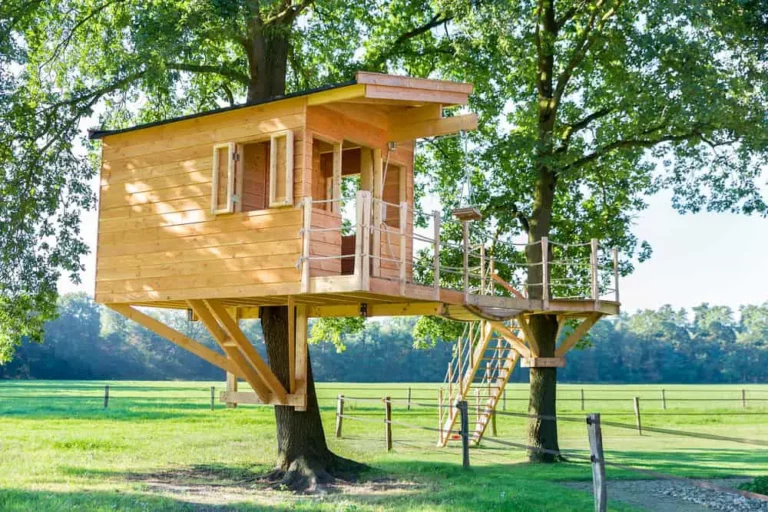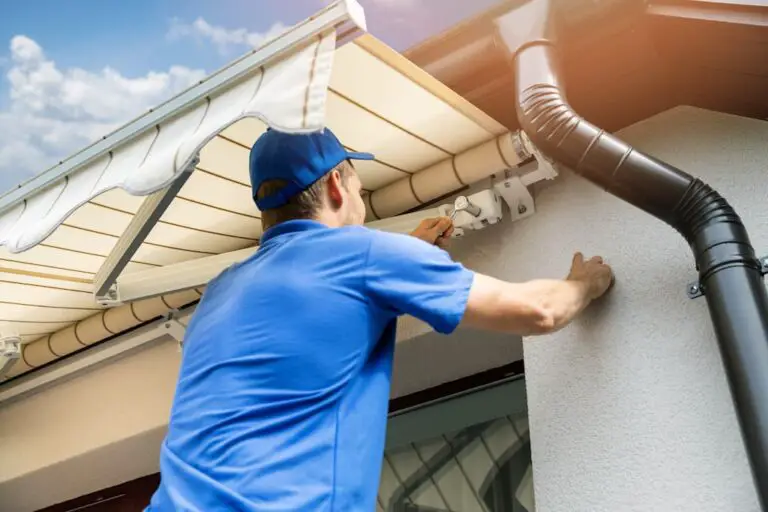How Much Does It Cost To Insulate A Shed?

Insulating a shed may at first seem like a secondary consideration. However, as many homeowners are discovering, a shed can be so much more than a mere storage space, and they have many potential uses, from art studios to home gyms.
The materials to insulate your shed will cost between $0.50 and $6.00 per square foot. The other costs will include labor rates (that vary across the nation), the cost of tools, and the cost of rehabilitating the inside of the shed once the insulation has been installed.
Sheds are evolving into functional extensions of our homes, and with this transformation comes the need for comfort, energy efficiency, and protection against the elements. So, the question arises: How much does it cost to give your shed this upgrade?
Estimated CostsPer Foot To Insulate A Shed
There are a variety of materials that can be used to insulate a shed. The costs of these are as follows.
- Batt or Blanket Insulation – $0.50- %1.50 per foot2
- Rigid Board Insulation – $3.00 – $6.00 per foot2
- Spray Foam Insulation – $2.40 0 $3.00 per foot2
- Reflective or Radiant Barriers- $0.50 – $1.50 per foot2
- Loose-Fill/Blown-In Insulation – $1.00 – $2.00 per foot2
Why Insulate Your Shed?
Insulating your shed can seem like an additional expense, but the long-term benefits and savings are noteworthy. Let’s delve deeper into some core reasons to consider this investment.
- Protecting contents from extreme temperatures. Many people store valuable items in their sheds. Extreme temperatures can damage these contents. Insulating ensures a stable temperature, safeguarding your prized possessions.
- Creating a comfortable workspace or hobby area. For those who utilize their shed as a workspace or for hobbies, insulation makes it possible to use it throughout the year.
- Preventing condensation and mold growth. Fluctuating temperatures can lead to condensation within the shed. The damp environment is a breeding ground for mold and mildew. This may damage your belongings and pose health risks. Insulation acts as a barrier, reducing the chances of condensation and ensuring a dry environment.
- Energy savings if the shed is heated or cooled. If you’re considering heating or cooling your shed, insulation is essential. Without it, you’ll face higher energy bills as your HVAC system must work harder to maintain desired temperatures.
Factors Influencing the Cost of Insulation
Understanding the cost factors is crucial for budgeting when considering insulating your shed. Let’s explore the main components influencing the overall price.
Size of the Shed
The bigger the shed, the more insulation material you’ll require. Larger sheds might also demand more labor hours, especially for installation, leading to higher costs.
Type of Insulation
Various insulating materials are available, each with its own price range. Batt insulation, like Fiberglass, might be cheaper than spray foam. Your choice depends on desired efficiency, budget, and shed use.
Installation Complexity
Sheds with many windows, obstructions, or unique designs may complicate insulation. Complex installations can increase labor hours and material wastage, raising costs.
Local Labor Rates
Labor costs will differ depending on the region. In areas with a high cost of living or where specialized skills are in demand, expect to pay more for professional installation.
Depth or Thickness
The desired R-value, indicating the insulation’s effectiveness, determines the thickness needed. Thicker insulation generally costs more but offers superior temperature control.
Types of Insulation and Their Cost Ranges
Several materials provide an effective barrier against the cold (or heat). These are listed below.
Batt or Blanket Insulation (e.g., Fiberglass)
Batt or blanket insulation remains the dominant choice in many American homes. They are delivered as flexible rolls, often made from Fiberglass, mineral wool, or similar fibers.
These fit snugly between wall studs or ceiling rafters. While user-friendly and cost-effective, a caveat is the potential for air gaps if not properly installed.
Its efficacy drops if dampened or compressed. The cost ranges between $0.50 and $1.50 per square foot.
Rigid Board Insulation
Rigid Board Insulation consists of firm foam or fiber panels. This material is ideal for exterior walls, roofing, and foundational areas.
Its high R-value per inch ensures an uninterrupted insulation layer, minimizing thermal gaps.
The only downside is the price. You can expect to pay $3.00 and $6.00 per square foot.
Spray Foam Insulation
One of the more modern methods is to use spray foam insulation. It is applied through a special nozzle and expands upon contact, creating an airtight seal.
It has a very high R-value and even offers a degree of structural fortification. Proper handling is essential due to potential health implications. Costs average between $2.40 and $3.00 per square foot.
Reflective or Radiant Barriers
This method is most suitable for hotter climates where you want to keep the shed cool. This method consists of reflective sheets, often aluminum-based, positioned typically beneath roofs.
The primary function is to reflect the solar radiant heat, ensuring the shed stays cooler. It is a less effective solution in colder climates. Current costs range between $0.50 and $1.50 per square foot.
Loose-Fill/Blown-In Insulation
This material is made up of minuscule particles like cellulose or Fiberglass. It is mechanically blown into spaces, making it versatile for various structural needs.
It tends to settle over time, potentially diminishing its insulating power. Added measures might be required for moisture control.
The prices range from $1.00 to $2.00 per square foot.
Do you Insulate A Shed Yourself or Hire a Professional?
The factors you must consider before deciding who does the job are listed below.
Quality and Warranty
The job must be done very well. If you leave gaps, the cold will enter and defeat the object of the exercise. The DIY solution is viable if you have the skills and tools needed.
If not, we suggest that you hire a contractor. Remember, if you do it yourself, there will be no workmanship warranty!
Costs of the Project
While the DIY solution means that you do not pay the labor costs of the project. However, before making this decision, factor into the equation that you may need to buy or rent the following.
- Price of materials – Remember, a contractor may be able to source materials cheaper.
- Tools required (purchase or rent)
Time Investment
This is often a factor that is not considered. Your time is valuable, and the savings of doing the project yourself may be outweighed by the loss of income for the time you spent working on the project.
Another factor to consider is that you need to ensure you have enough time to fully complete the job.
Additional Costs to Consider
A summary of the other costs that you will incur includes the following.
- Preparation of the Shed: Repairing any damages or making structural changes.
- Vapor Barriers: Their importance and associated costs.
- Weatherstripping and Sealing: Ensure the shed is airtight.
- Interior Wall Finishing: If you plan to cover the insulation with drywall or another material.
Long-Term Savings and Benefits
Insulating your shed is generally a good idea that will give you more comfort and save you money in the long term. The benefits are summarized below.
- You will see energy bill reductions if the shed is climate-controlled.
- It will increase the lifespan of items stored in the shed due to stable temperatures.
- It will enhance the comfort of the shed, enabling you to use it all year round.
Learn more!!!! Treated Or Untreated Wood For Shed and How To Waterproof Outdoor Storage In 8 Steps
Conclusion
Depending on your choice and specific needs, the raw materials range between $0.50 and $6.00 per square foot. But it’s important to remember that the actual costs don’t stop at materials.
Labor rates, influenced by regional variations and expertise, can substantially affect the overall expenses. Additionally, hiring the necessary equipment can further add to the bill if you’re doing the project yourself.
An insulated shed enhances functionality and protection and adds value to your property.





